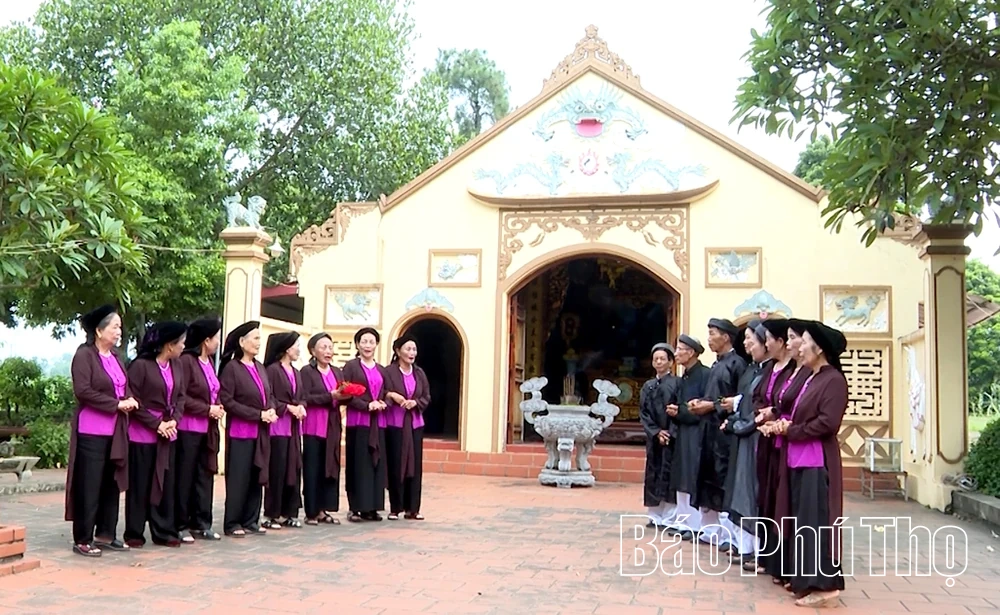
Nam Cuong Gheo Ward performs Gheo singing

Charm from rustic songs
Since ancient times, Nam Cuong has been known as the cradle of Gheo singing - a unique folk performance form, crystallized from the cultural harmony between Kinh and Muong people. According to Ms. Pham Thi Doanh, Vice President of Nam Cuong Village Gheo Singing Club, Gheo singing was born from the story of friendship between Nam Cuong villagers and Muong people in Hung Nhi and Thuc Luyen, on the occasion of rebuilding the communal house worshiping Princess Xuan Nuong. “Moved by the kindness of the villagers, Nam Cuong people sang with them to form friendship - called Nuoc Nghia singing. The songs were not to form relationships, but to form friendships between brothers and friends,” Ms. Doanh shared.
Without accompaniment, without curriculum, singing Gheo is simple, spontaneous but strangely charming. Each sentence, each word is a talented improvisation, reflecting the humorous and delicate soul of the villagers. “We sing with real emotions, without a fixed repertoire. Just like that, the men and women respond to each other all night long, singing and laughing, expressing the love of the village and the neighborhood,” said Mrs. Doanh, her eyes shining with pride.
Not as elaborate in ritual as Quan Ho or Ca Tru, Gheo singing often resounds in the communal house yard, by the riverside or during village festivals. A singing performance is usually divided into four stages: Vi dai trau - Voice song - Sang voice - Vi tien chan.
According to Ms. Pham Thi Hong, a member of the Gheo singing club, each stage has its own nuances: “Vi dai trau is a greeting, an invitation to eat betel; Voice song is a love song between men and women; Sang voice often praises the homeland's scenery and labor production; and Vi tien chan adds a bit of anger and regret when parting.” The lyrics seem simple, but contain the philosophy of life and sincere feelings of the people of the Ancestral Land: “When you come back, I won't let you go, I hold the hem of your shirt and write a poem.”
Associate Professor Dr. Le Van Toan, former Director of the Vietnam National Institute of Music, commented: “Hat Gheo is a musical product imbued with the quintessence of the ancient land of Phu Tho, reflecting the flexibility and creativity of ancient Vietnamese folk songs. From Vi dai trau to Vi tien dua, it is a long chain of emotions, ending with a lingering aftertaste, very unique to Hat Gheo.”
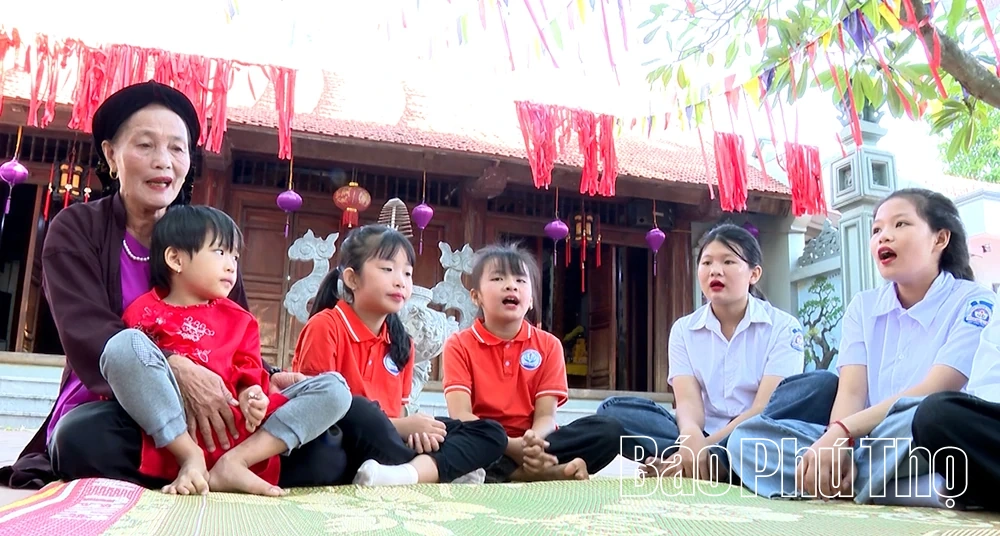
Members of the Nam Cuong Village Teasing Singing Club teach tunes to the younger generation. Photo by Ngoc Tung

Preserving folk songs in the modern flow
Through many ups and downs, Nam Cuong is the only village that still preserves the original Gheo singing. Since 1996, the Gheo singing group has been restored with nearly 50 members, mainly the elderly. Each club meeting is a cozy reunion, where singing is mixed with laughter, where people over eighty years old still hum the songs of youth.
Ms. Pham Thi Thinh, a long-time member, emotionally said: “Singing Gheo has seeped into our blood. Whether we are working in the fields, going to the market or resting, we still sing - sing to remember our homeland, to feel peace in our hearts.”
Not only singing for fun, Nam Cuong people also worry about how to pass on their hometown melodies to the younger generation. Club members have coordinated with schools in the commune to organize singing lessons, helping students get acquainted with the lyrics, rhythm and traditional response.
Ms. Pham Thi Mao, who has been associated with the Gheo ward for more than half a century, expressed her wish: "We just hope to have more attention and support so that Gheo singing can be taught in schools, so that future generations can still preserve the identity of their homeland."

Amidst the hustle and bustle of modern life, Gheo songs still resound in the countryside of Nam Cuong - simple yet profound. That song is not only a link connecting the community, but also a testament to the enduring vitality of Phu Tho folk culture.
Hat Gheo - from a simple form of performance has now become a precious spiritual heritage, contributing to the "charm" of the Ancestral Land. In each song, one can still vaguely see the figures of honest, affectionate people, and hear the echo of the call of the nation's roots.
Trong Khanh
Source: https://baophutho.vn/nam-cuong-mien-hat-giu-nghia-giu-tinh-242058.htm


![[Photo] The road connecting Dong Nai with Ho Chi Minh City is still unfinished after 5 years of construction.](https://vphoto.vietnam.vn/thumb/1200x675/vietnam/resource/IMAGE/2025/11/04/1762241675985_ndo_br_dji-20251104104418-0635-d-resize-1295-jpg.webp)
![[Photo] Ca Mau "struggling" to cope with the highest tide of the year, forecast to exceed alert level 3](https://vphoto.vietnam.vn/thumb/1200x675/vietnam/resource/IMAGE/2025/11/04/1762235371445_ndo_br_trieu-cuong-2-6486-jpg.webp)

![[Photo] Ho Chi Minh City Youth Take Action for a Cleaner Environment](https://vphoto.vietnam.vn/thumb/1200x675/vietnam/resource/IMAGE/2025/11/04/1762233574890_550816358-1108586934787014-6430522970717297480-n-1-jpg.webp)
![[Photo] Panorama of the Patriotic Emulation Congress of Nhan Dan Newspaper for the period 2025-2030](https://vphoto.vietnam.vn/thumb/1200x675/vietnam/resource/IMAGE/2025/11/04/1762252775462_ndo_br_dhthiduayeuncbaond-6125-jpg.webp)





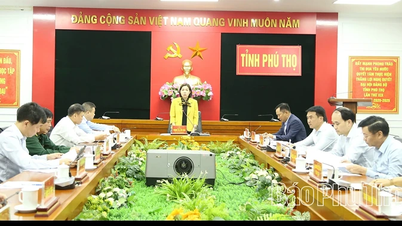
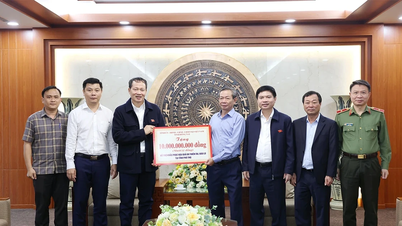




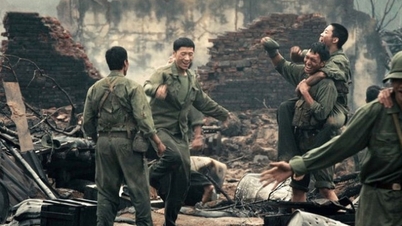

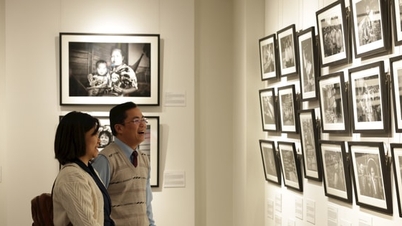










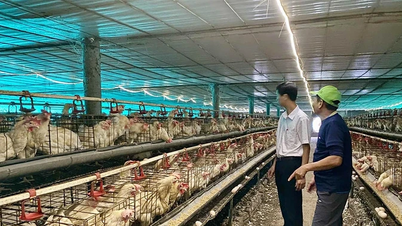
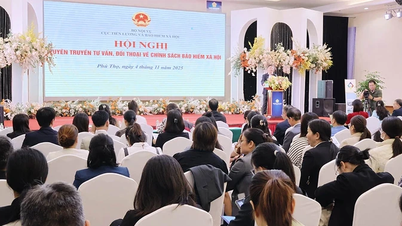
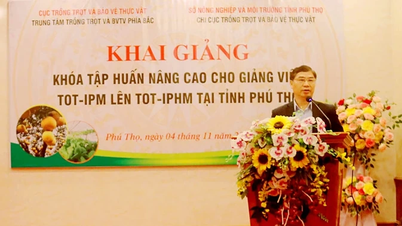








































































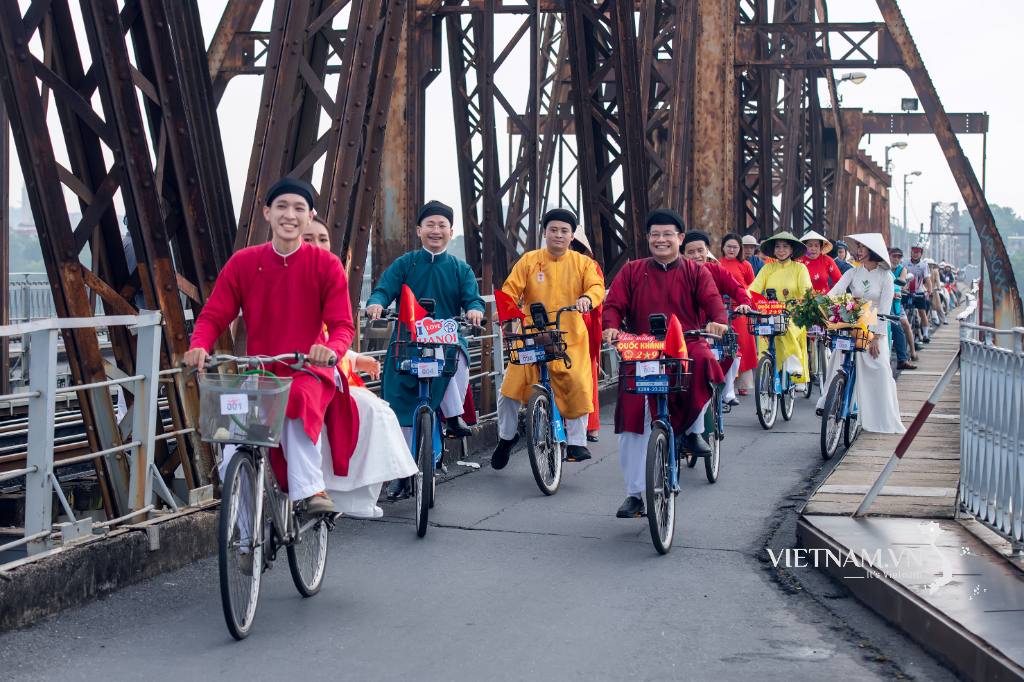
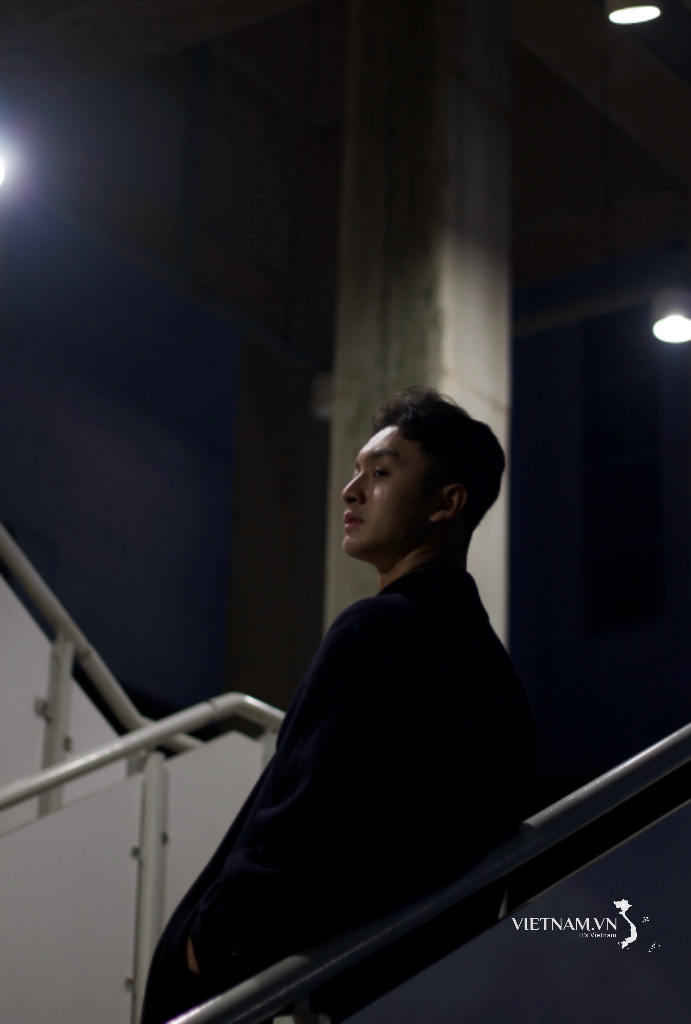
Comment (0)